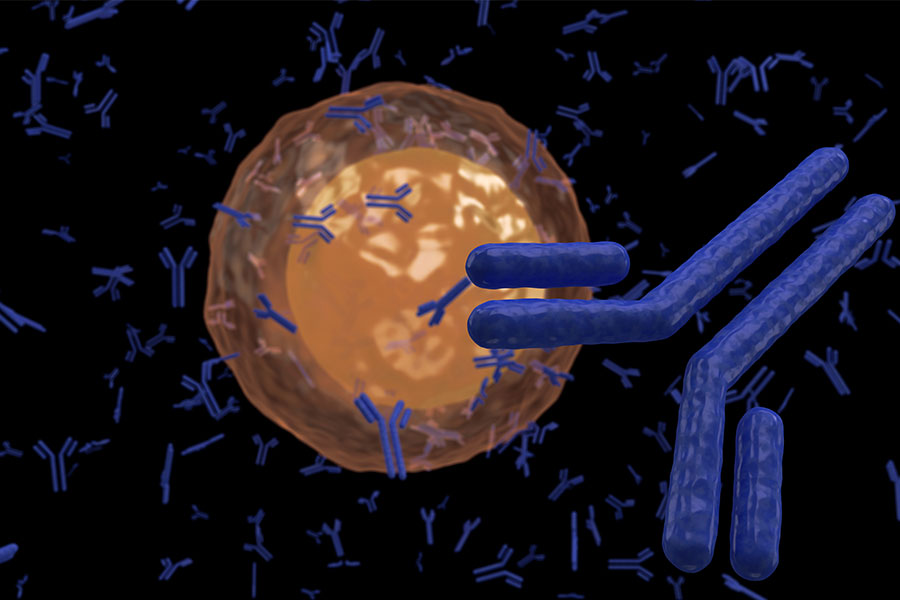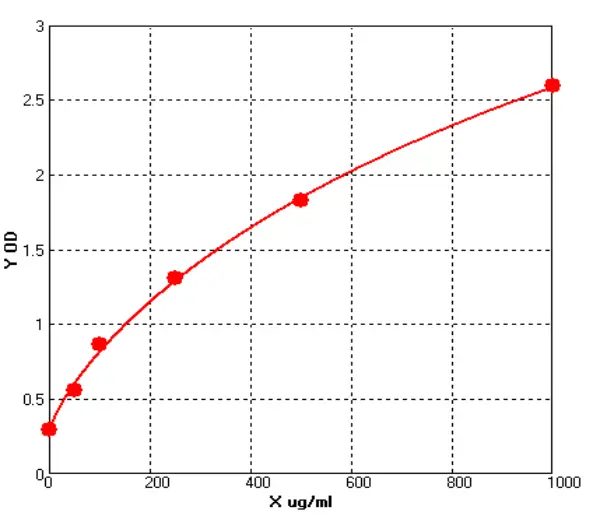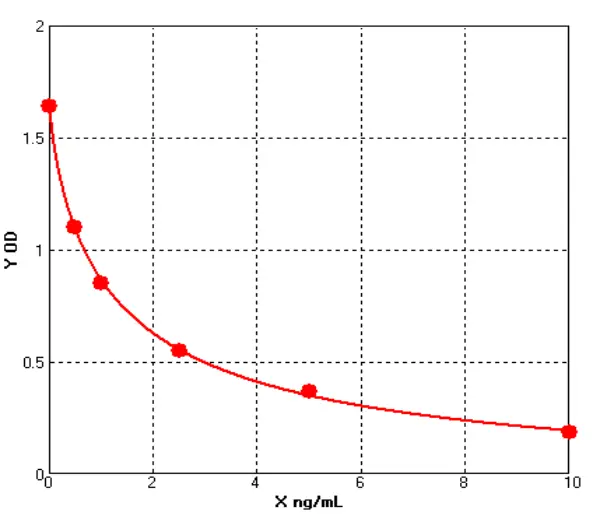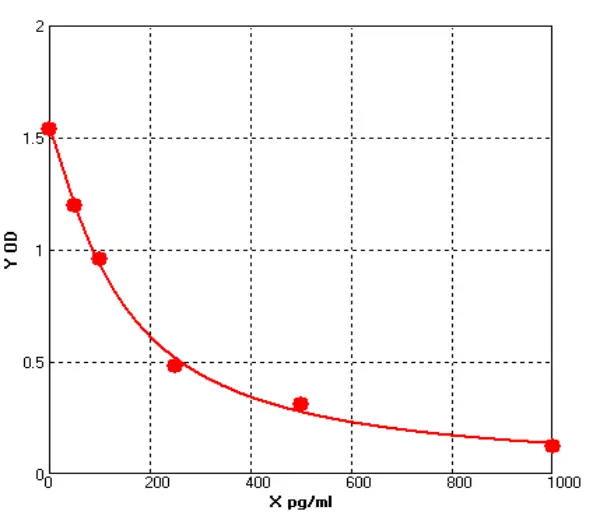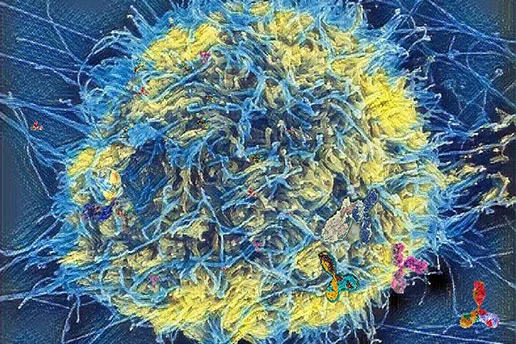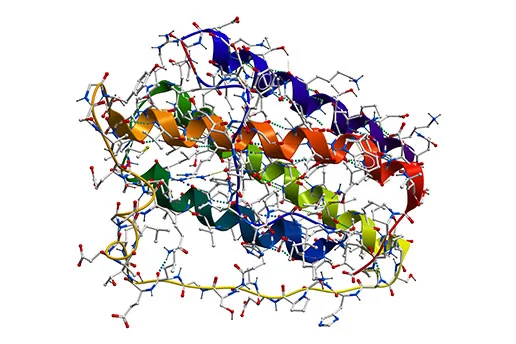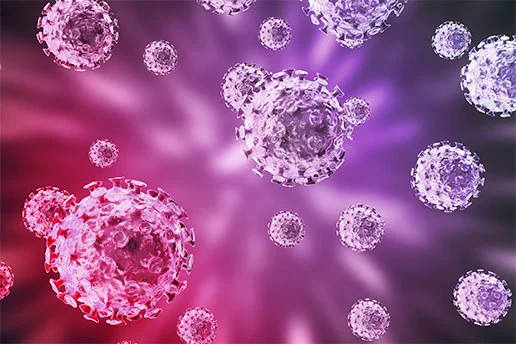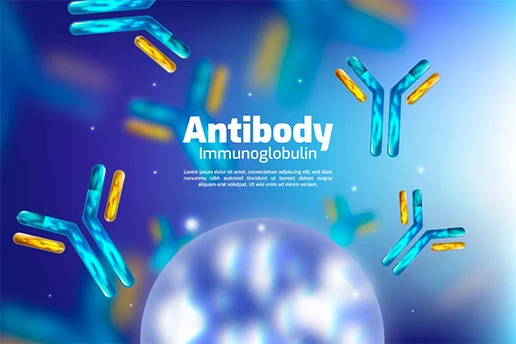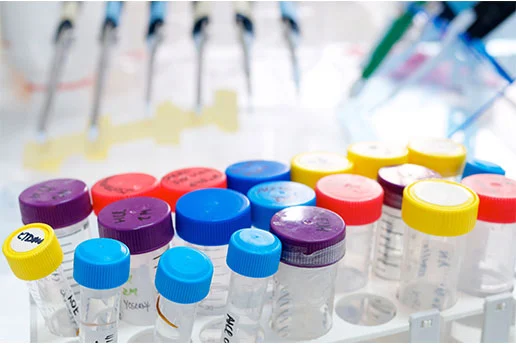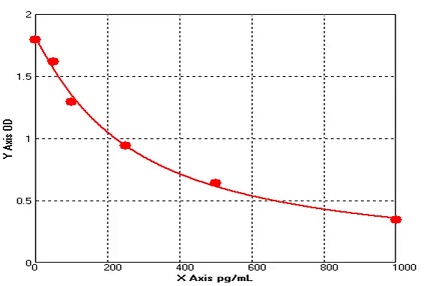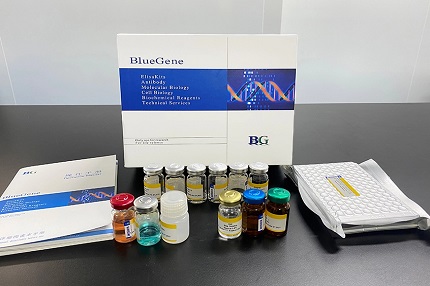- Host Cell Protein Detection Kits
- Host Cell DNA Residue Detection Kits
- Antibodies
- Recombinant Proteins
- ELISA Kits
- Cellular Component Protein Library
- Plasmids
- Promotions
-
Monitoring Chronic Diseases Using BFGF ELISA Kit
Chronic diseases pose a significant challenge to global health, often accompanied by long-term inflammation, tissue damage, and repair processes. In the study of these diseases, basic fibroblast growt...
Apr.16, 2025Read More > -
The Need for Methamphetamine Residue Detection
Methamphetamine, as a commonly abused drug, has seen increasing concern over its residue in food and pharmaceuticals. With the growing threat of drug abuse to public safety and health, regulatory agen...
Apr.14, 2025Read More > -
Advances in ELISA Technology: A Case Study of Human Hepcidin
The balance of iron metabolism is crucial for human health, and human hepcidin plays a key role in regulating iron levels in the body. In recent years, ELISA technology has been widely used in iron me...
Apr.12, 2025Read More >
Antibodies Production
Antibodies can be classified into lectins, precipitins, antitoxins, lysins, opsonins, neutralizing antibodies, and complement-fixing antibodies according to their reaction forms. After the foreign antigen enters the body, it activates B cells and produces specific antibodies against it. Small B cell lymphoma would undergo Mitotic proliferation and transformation when first exposed to known antigens.
When an antigen enters the body for the first time, It will stimulate little specific cell clones to proliferate and reach a sufficient number of responding cells, which is called the primary response. . When the same antigen enters the body again, the original antibody binds to the antigen, the antibody titer increases rapidly. Memory B cells are activated, which is called the secondary response or anamnestic response.
